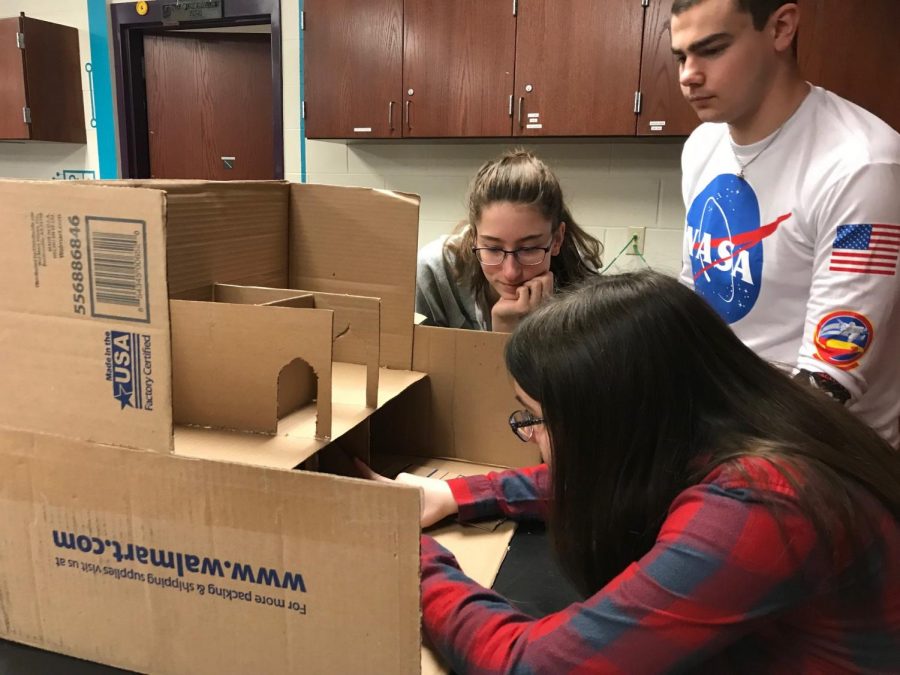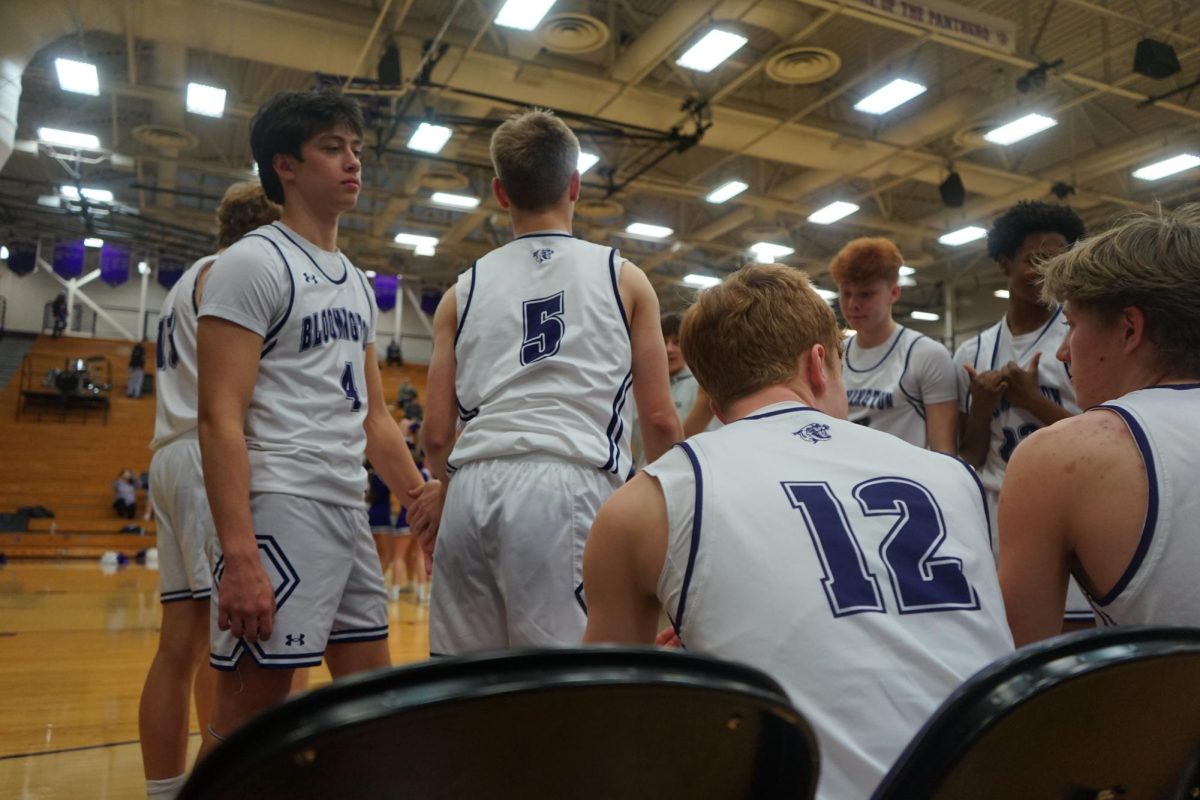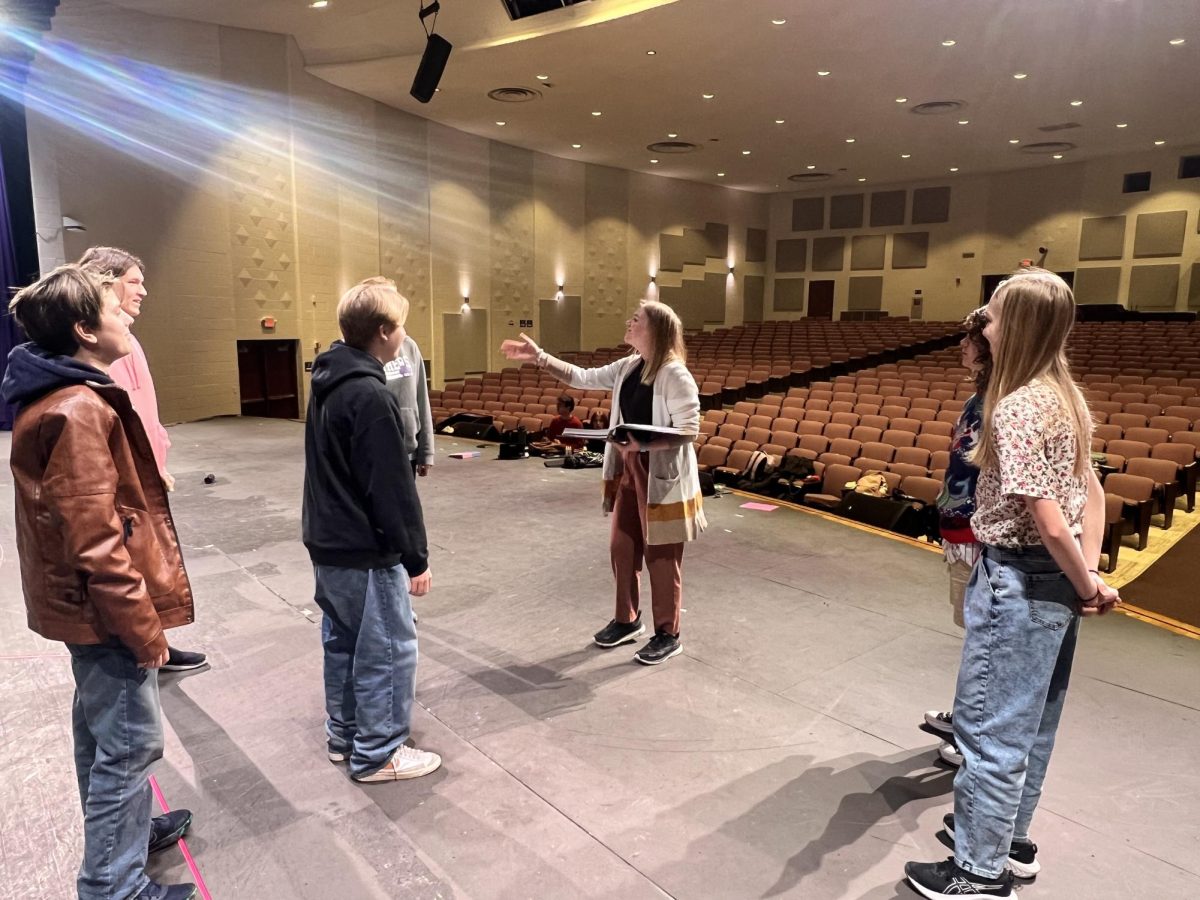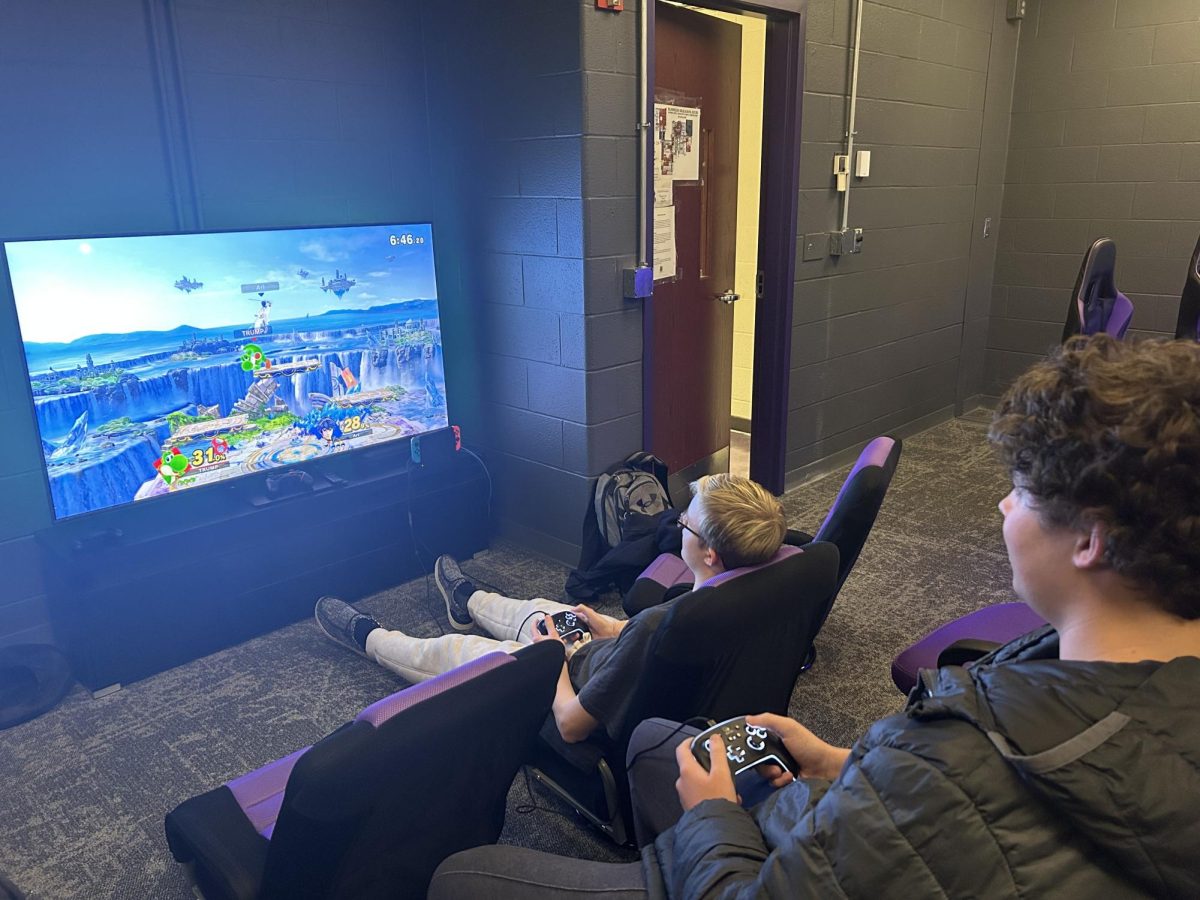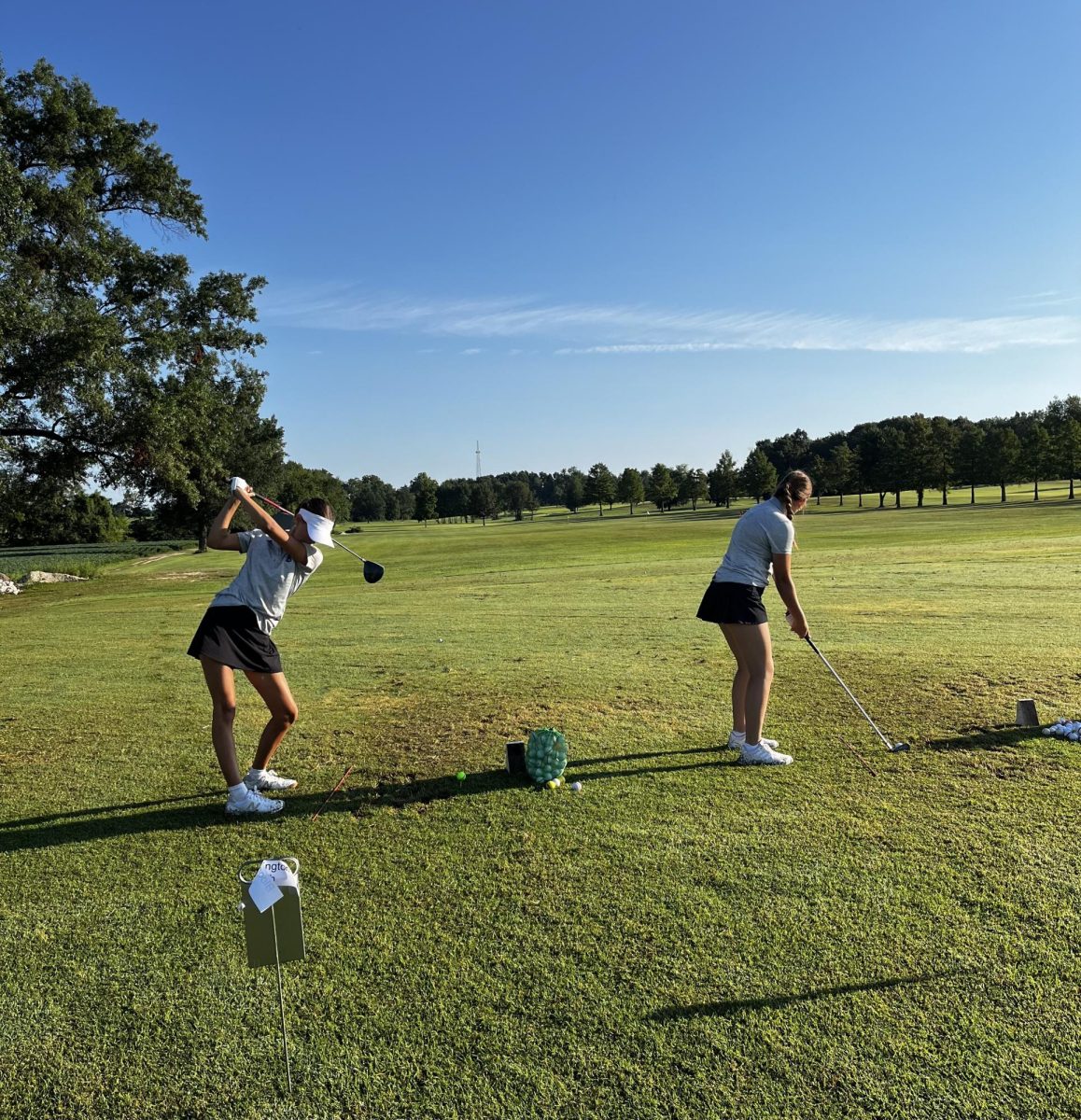With rigorous and time-consuming coursework, taking physics is the bane of junior year. Now, with the introduction of “early high school physics,” the calamity of physics class could be subjected to the wide-eyed and innocent freshmen.
‘Physics First’ is an initiative from the American Physical Society that encourages high schools to change the traditional biology-chemistry-physics course sequence and instead “offer a full-year physics course to ninth-graders before they take chemistry and biology.”
The recommended PCB sequence, as it is known, “reflect[s] a modern understanding of chemistry and biology,” according to a 2007 guide published by the American Association of Physics Teachers. Understanding the biochemical processes of cells, such as the concept of energy transfer, and the framework of chemistry are all examples of what APS claims students will understand better with a “solid background” in physics.
As Bloomington South Physics Honors & ICP teacher, Luke Sheehan, agrees, “learning the basic conceptual physics….without all the math would be good” for freshmen, as they begin their science curriculum.
But while an estimated 2,000 US high schools have incorporated themes of Physics First into their freshmen’s education, the program has yet to pick up any auspicious evidence. In 2001, a massive district-wide implementation of Physics First in San Diego ultimately failed due to reluctant teachers, upset parents and lack of exposure to algebra skills in freshmen.
A significant challenge to the APS is the low number of physics teachers. School districts already suffer from physics teacher shortages, but those available mostly refuse to teach ninth-graders in the complex subject. This has led to the necessity of developing and placing ‘cross-over teachers,’ often biology teachers, who may be asked to direct a subject they are not qualified to teach.
While Sheehan has had experience teaching sophomores in Physics Honors, he admits that it would be difficult for a freshman to complete South’s current physics course.
Another concern regarding the new program involves freshmen’s abilities to understand the difficult principles of physics. Dan Lavine, a teacher who tried the PCB sequence in San Diego, said on a website about the program that “students who lack algebra tend to perform poorly in ninth-grade physics” and that “these failures are correlated with significantly lower graduation rates.”
Sheehan agrees that the “biggest obstacle” for the implementation of ‘Physics First’ would be the math, suggesting that freshmen take another physics class “[in] later years” once they have also secured a foundation of understanding complex numbers and equations.
In response to these setbacks, APS has considered changing the physics curriculum and textbooks to cater to freshmen so that it may be easier for them to understand.
“We need more physics teachers and a lot more data,” the face of Physics First, Nobel Prize winning physicist Leon Lederman, said on the website. “[But] it will take another decade to get our educational ‘system’ into the 21st century.”
